Welcome to our blog post on the art of stage lighting design! Lighting plays a crucial role in enhancing performances and creating a captivating visual experience for the audience. In this article, we will delve into the basics of stage lighting design, exploring key concepts, techniques, and considerations that can help you elevate your productions to new heights. Whether you're a budding lighting designer or simply curious about the magic behind the scenes, join us as we shed light on this fascinating art form.
Understanding the Purpose of Stage Lighting:
The role of lighting in setting the mood and atmosphere.
Enhancing visibility and focus on performers.
Conveying emotions and supporting storytelling.
Key Elements of Stage Lighting Design:
Lighting fixtures and their functions (spotlights, floods, washes, etc.).
Lighting control systems (dimmers, consoles, software).
Lighting positions and angles (front, side, back, top).
Lighting accessories (gobos, filters, diffusers).
Working with Color:
The psychological impact of different colors on the audience.
Color theory and its application in lighting design.
Mixing and blending colors effectively.
Color temperature and its influence on mood and ambiance.
Creating Depth and Texture:
Understanding the concept of depth in lighting design.
Incorporating shadows, highlights, and silhouettes.
Using gobos and textured filters to add visual interest.
Controlling Light Intensity:
Techniques for adjusting light levels to create focus and hierarchy.
Understanding the inverse square law and its impact on brightness.
Balancing lighting for different areas of the stage.
Basic Lighting Techniques:
Key lighting: Illuminating the main subject or area of focus.
Fill lighting: Reducing shadows and creating a balanced look.
Backlighting: Separating performers from the background.
Special effects lighting: Adding drama and atmosphere.
Collaborating with Other Production Team Members:
Communicating with directors, set designers, and costume designers.
Coordinating lighting cues with sound and music.
Incorporating lighting into the overall visual design of the production.
Safety Considerations:
Electrical safety precautions.
Heat management for lighting fixtures.
Rigging and securing lighting equipment.










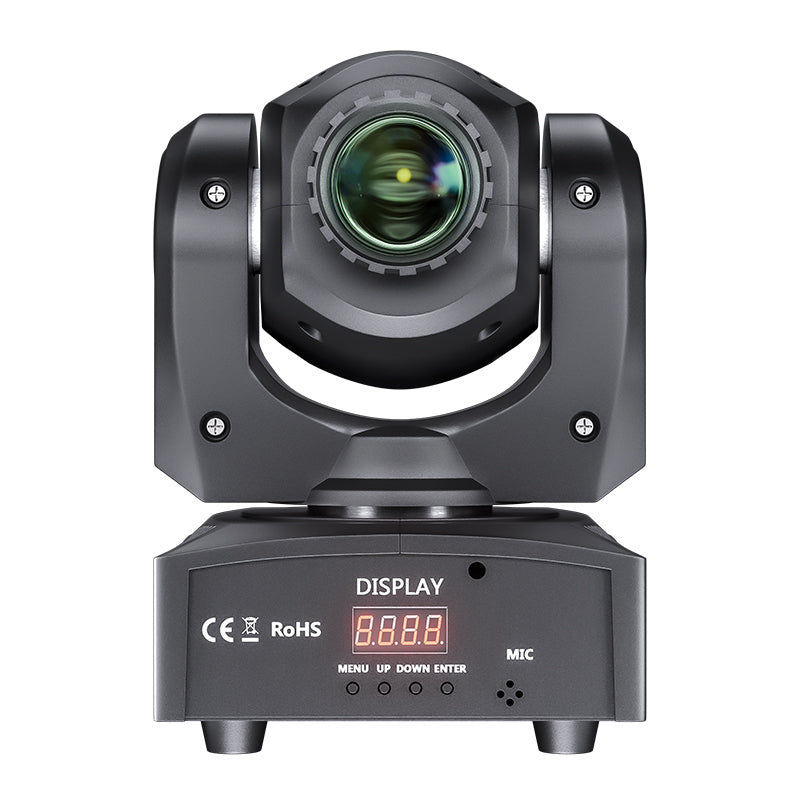
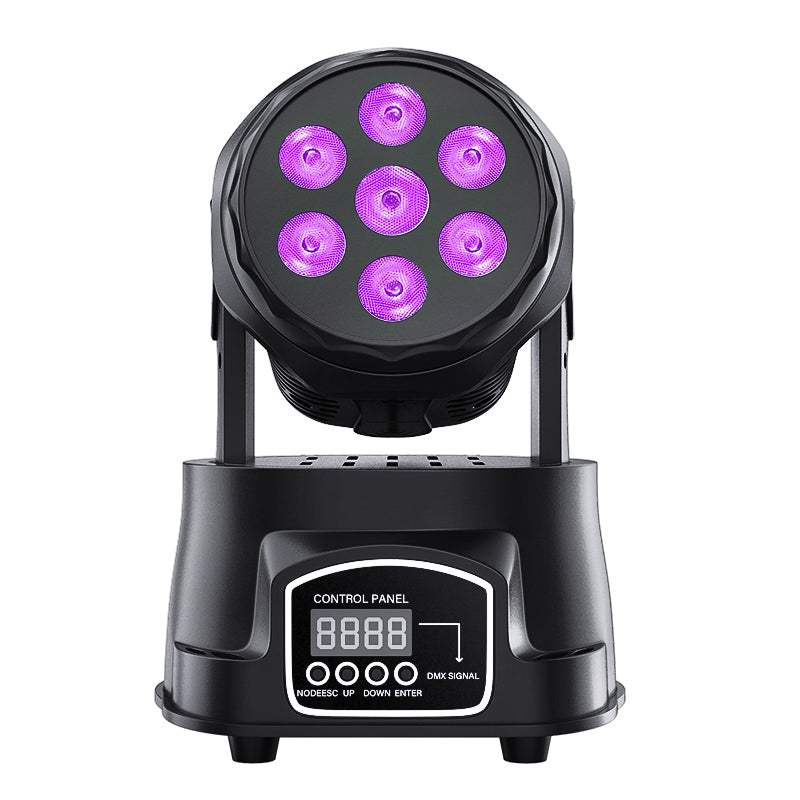
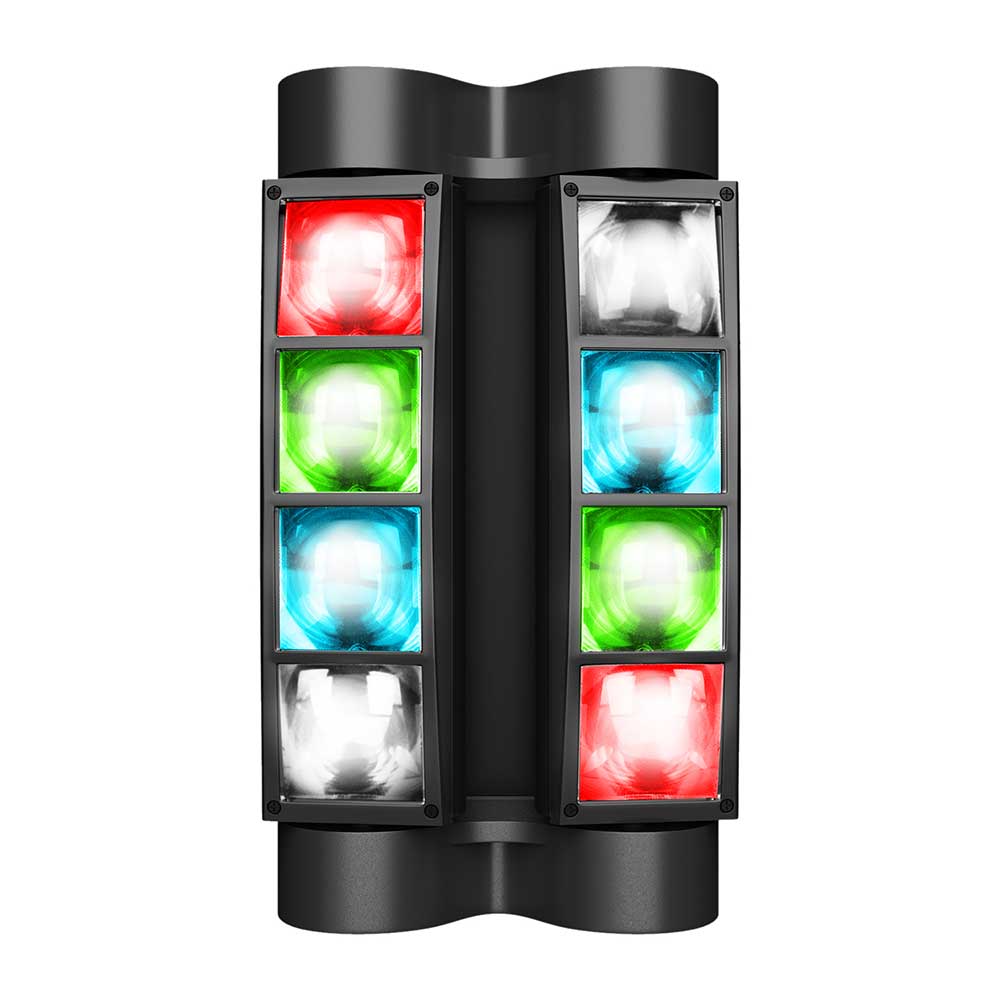

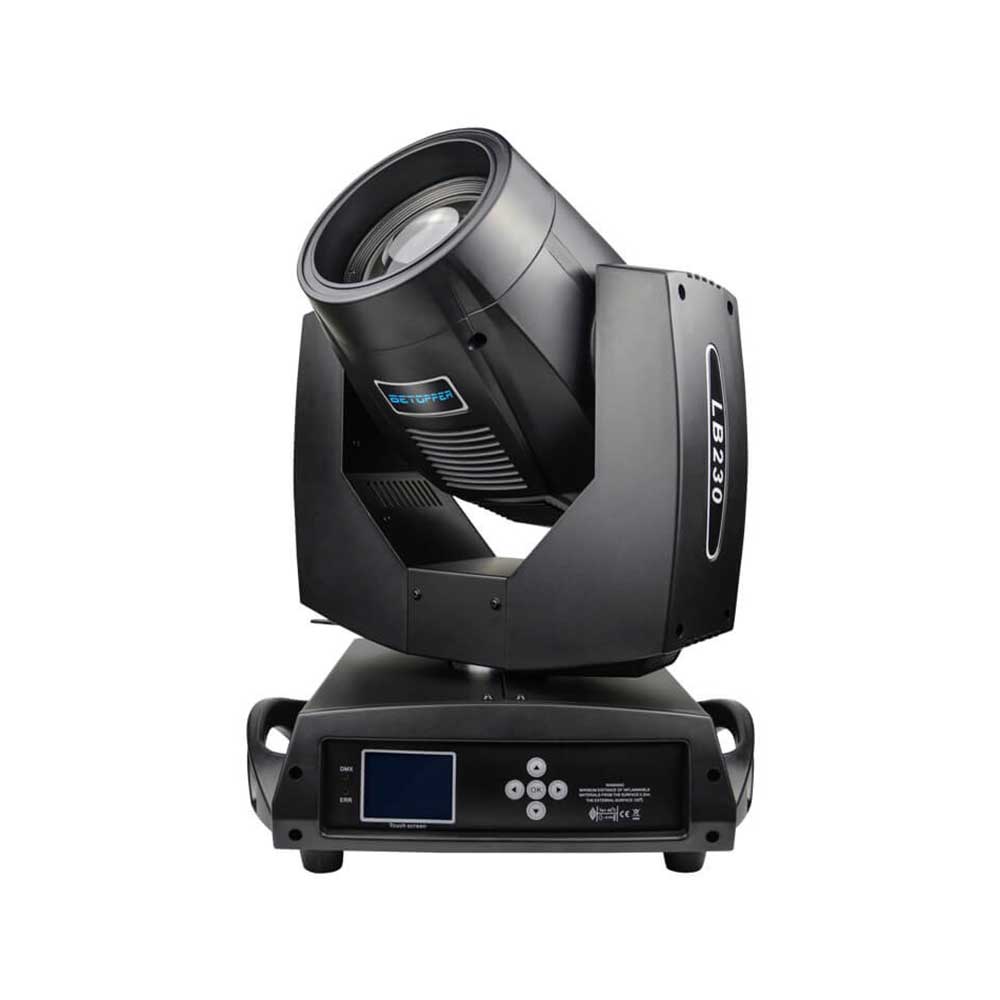

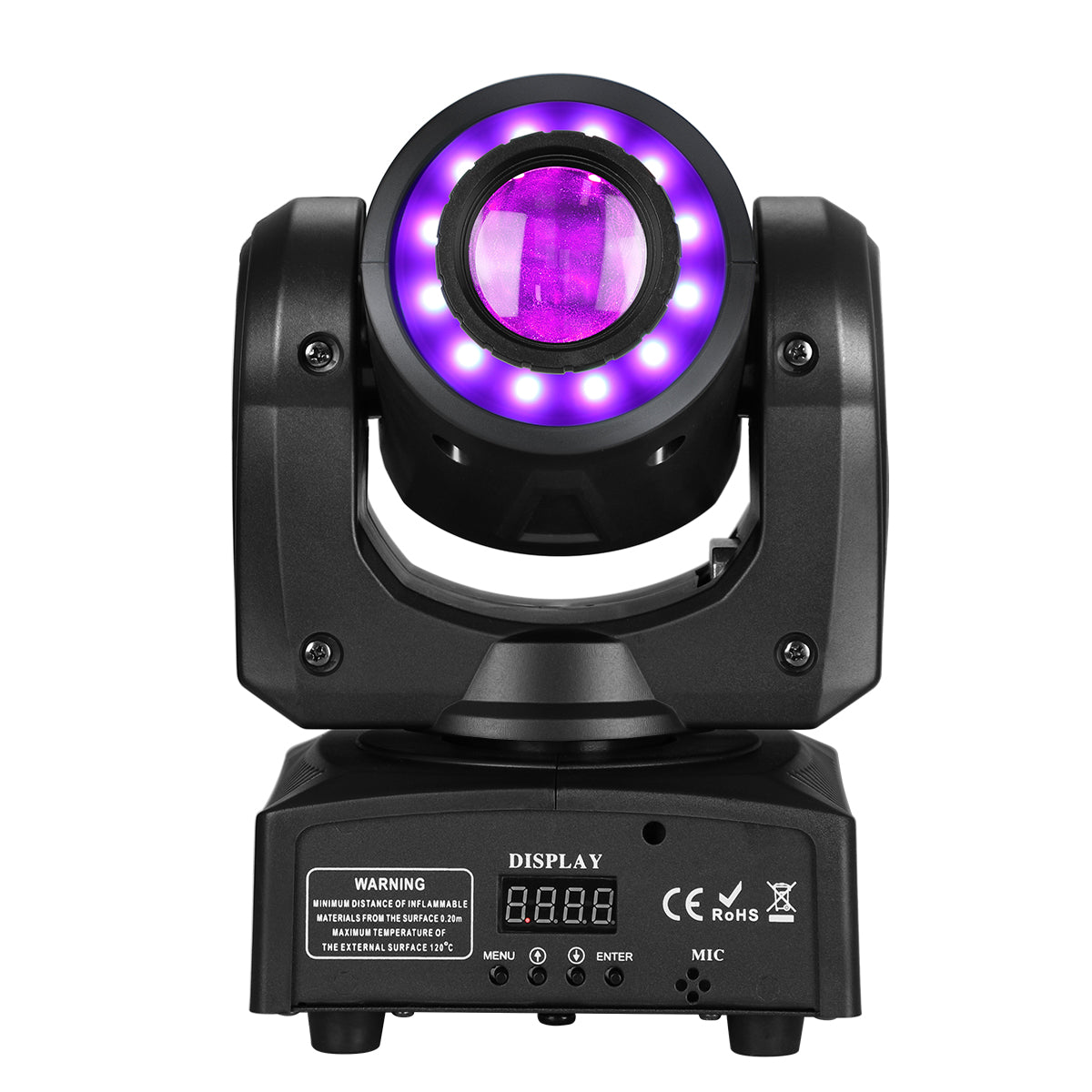
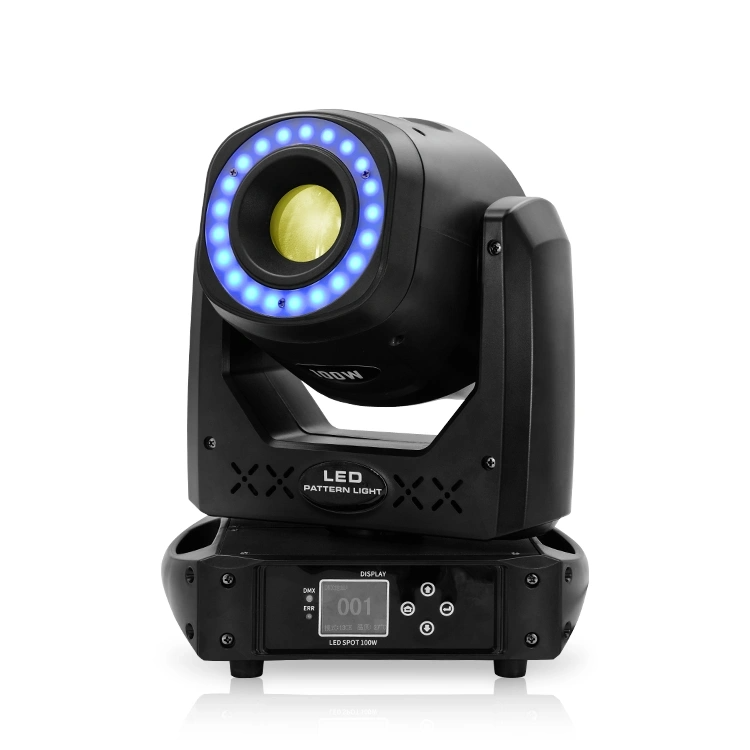








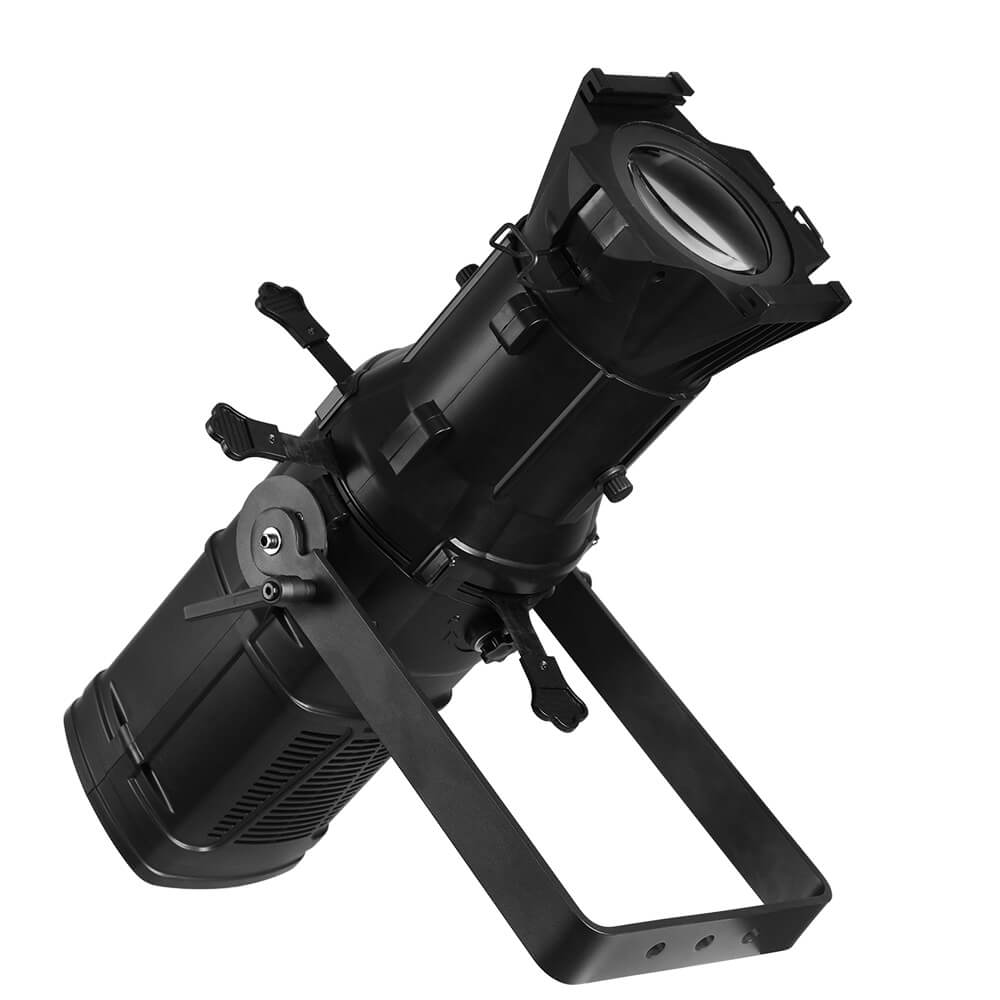
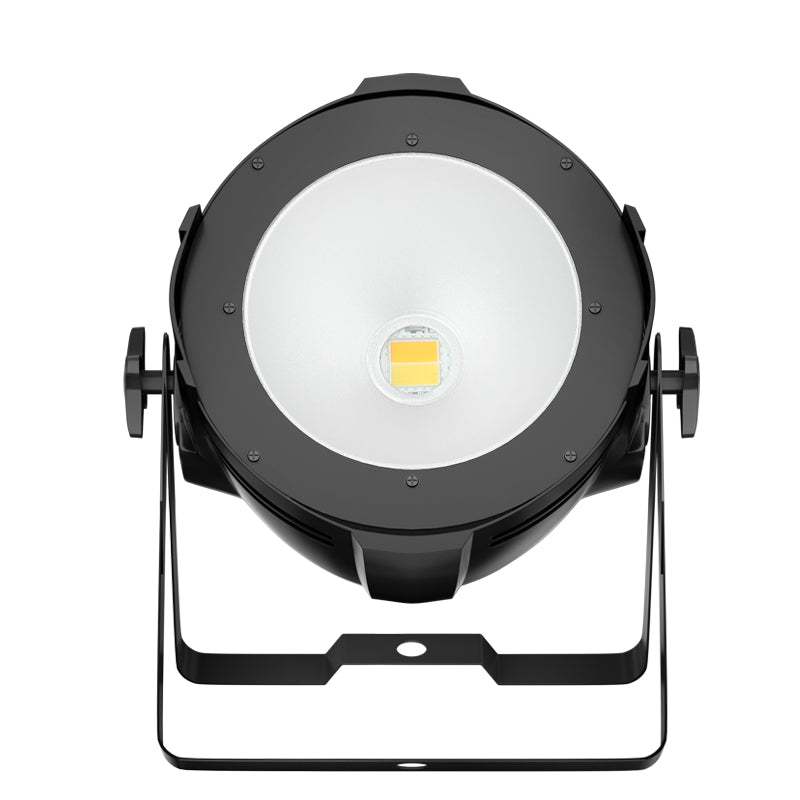

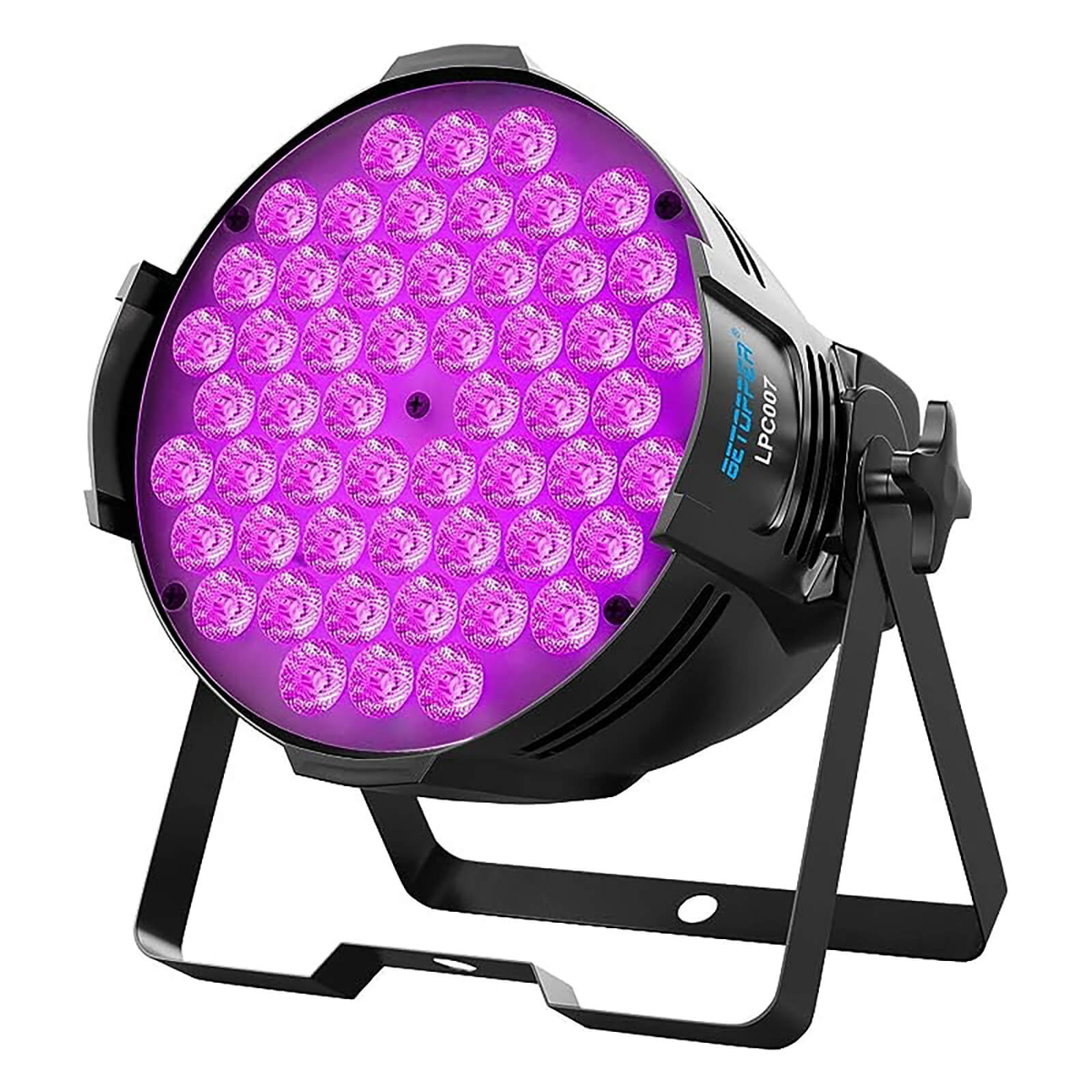





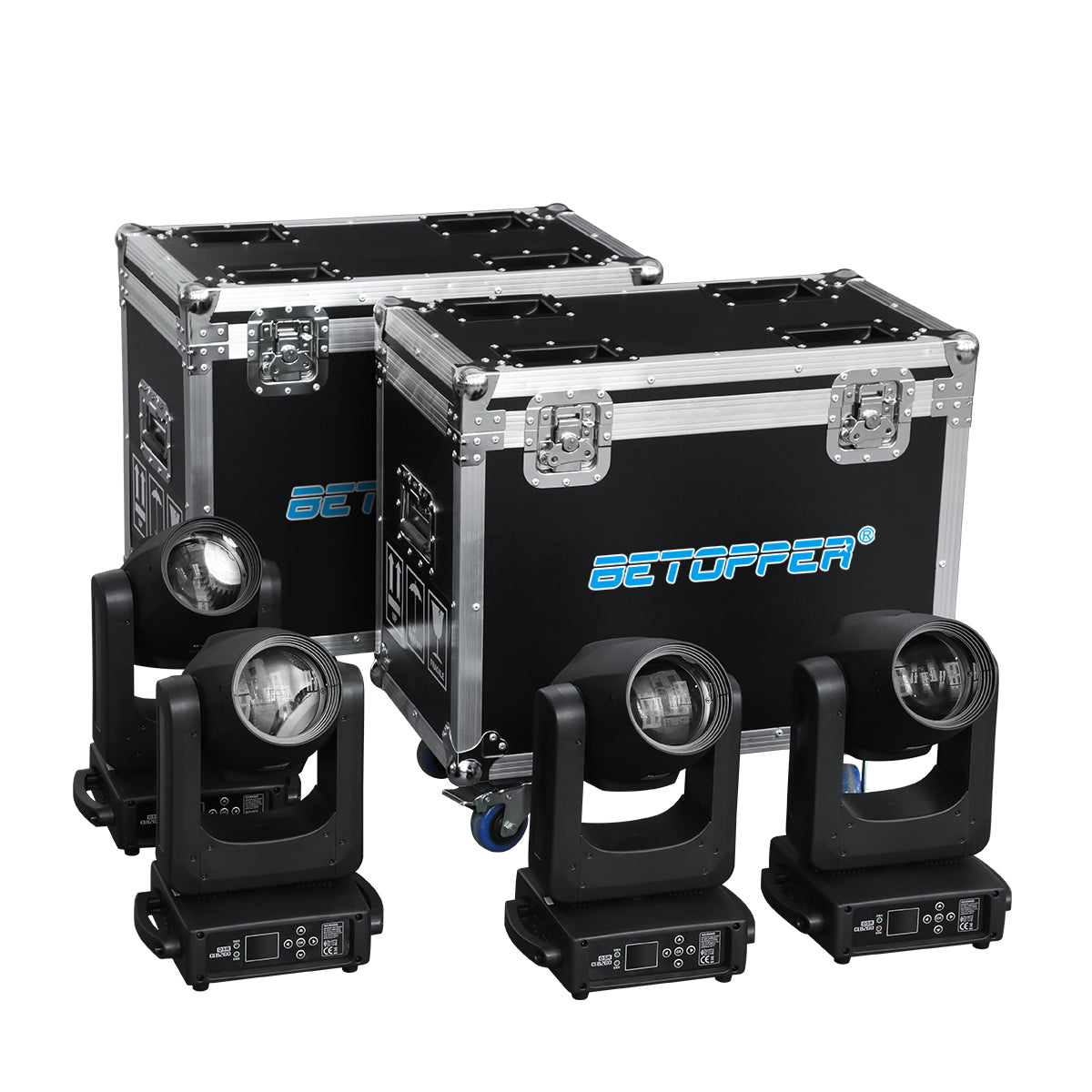
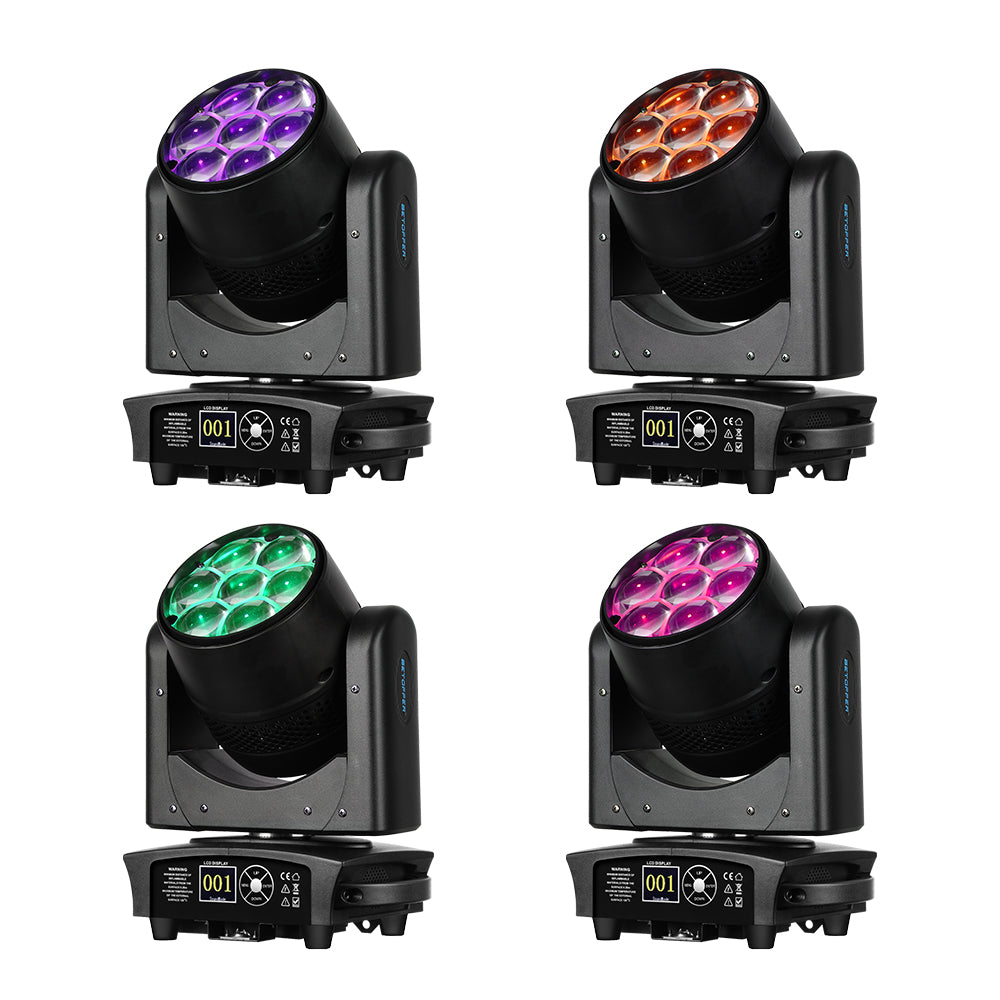
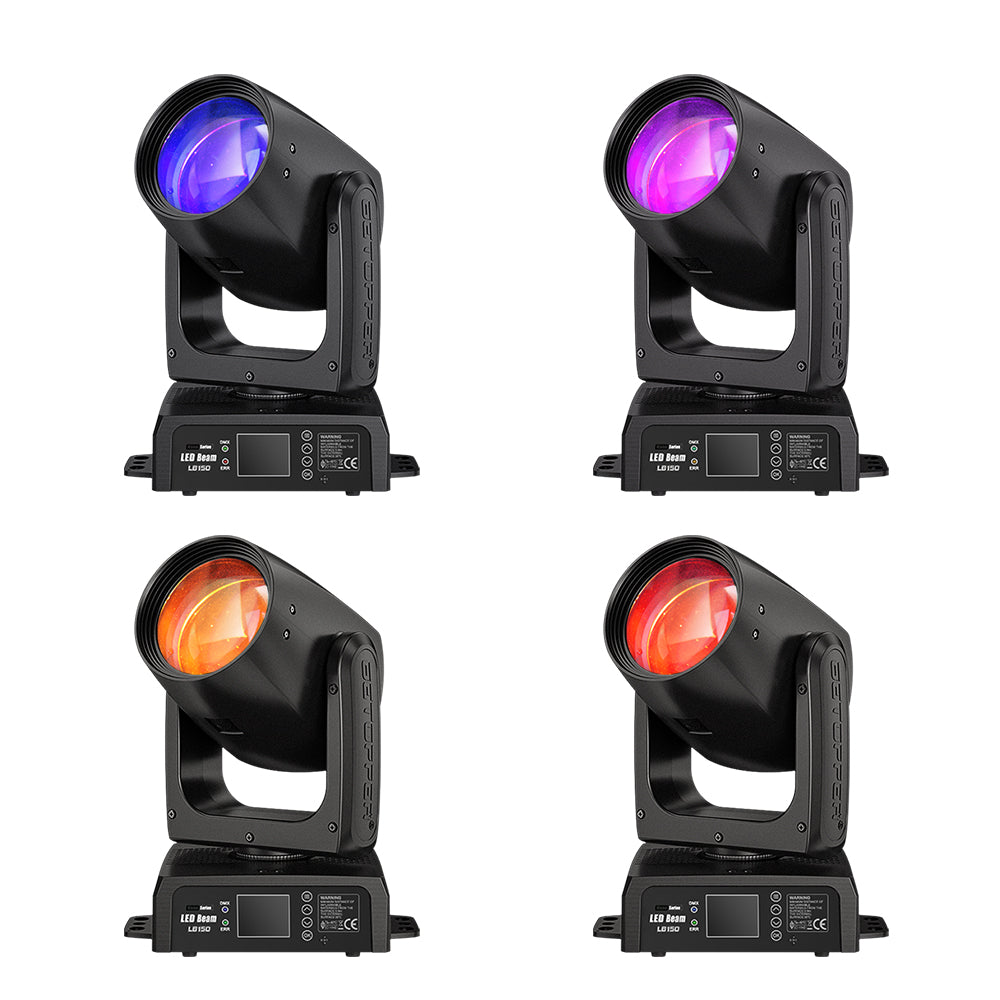

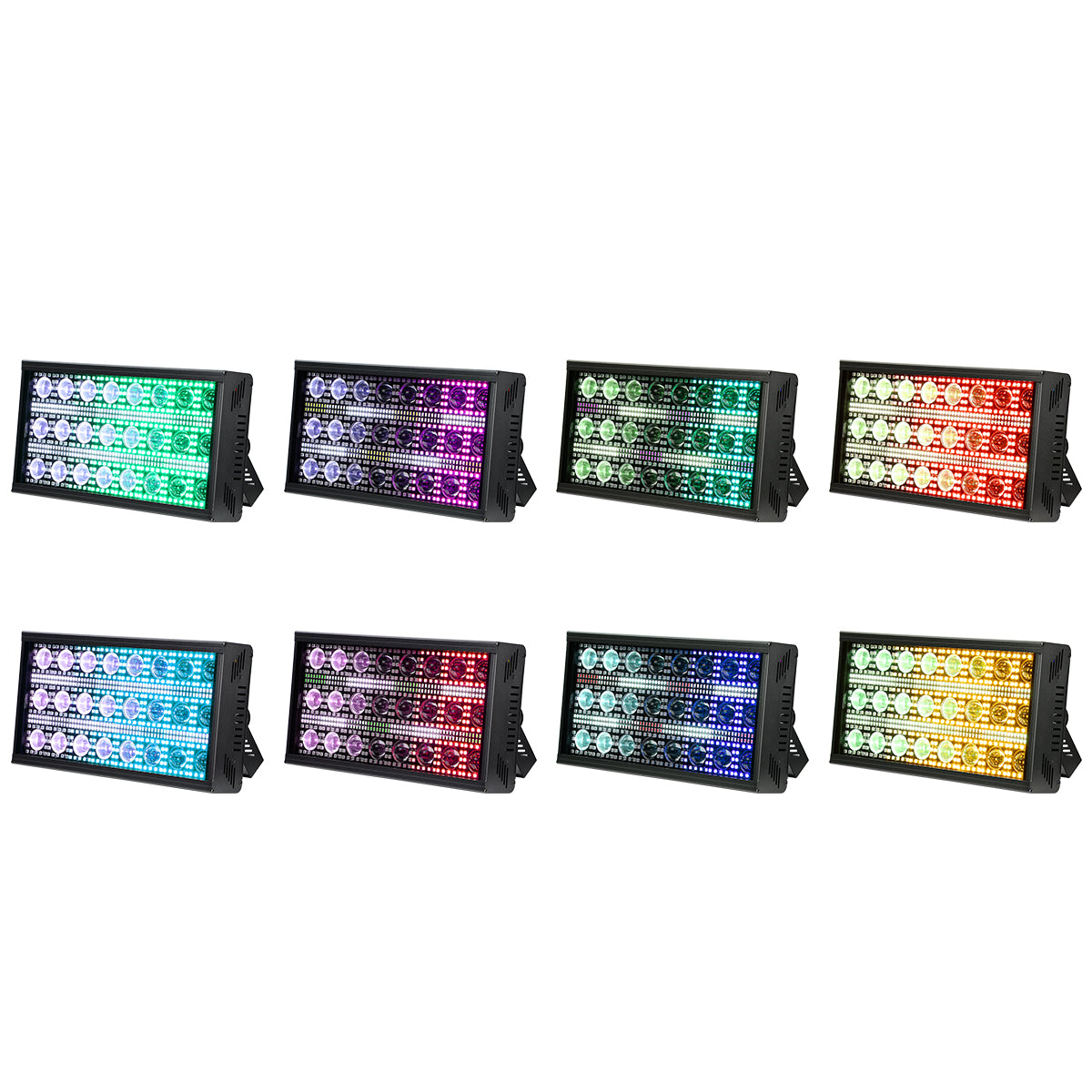
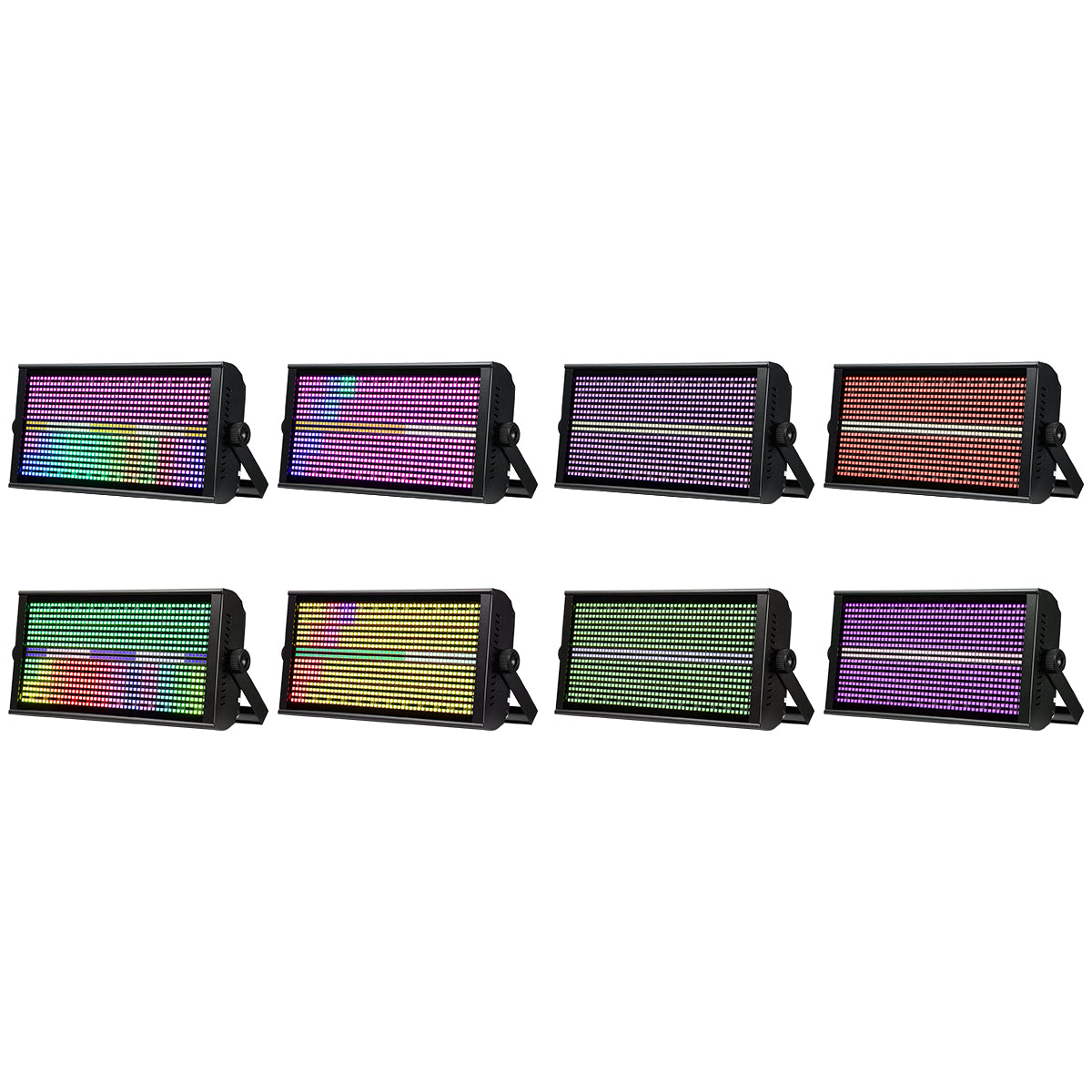
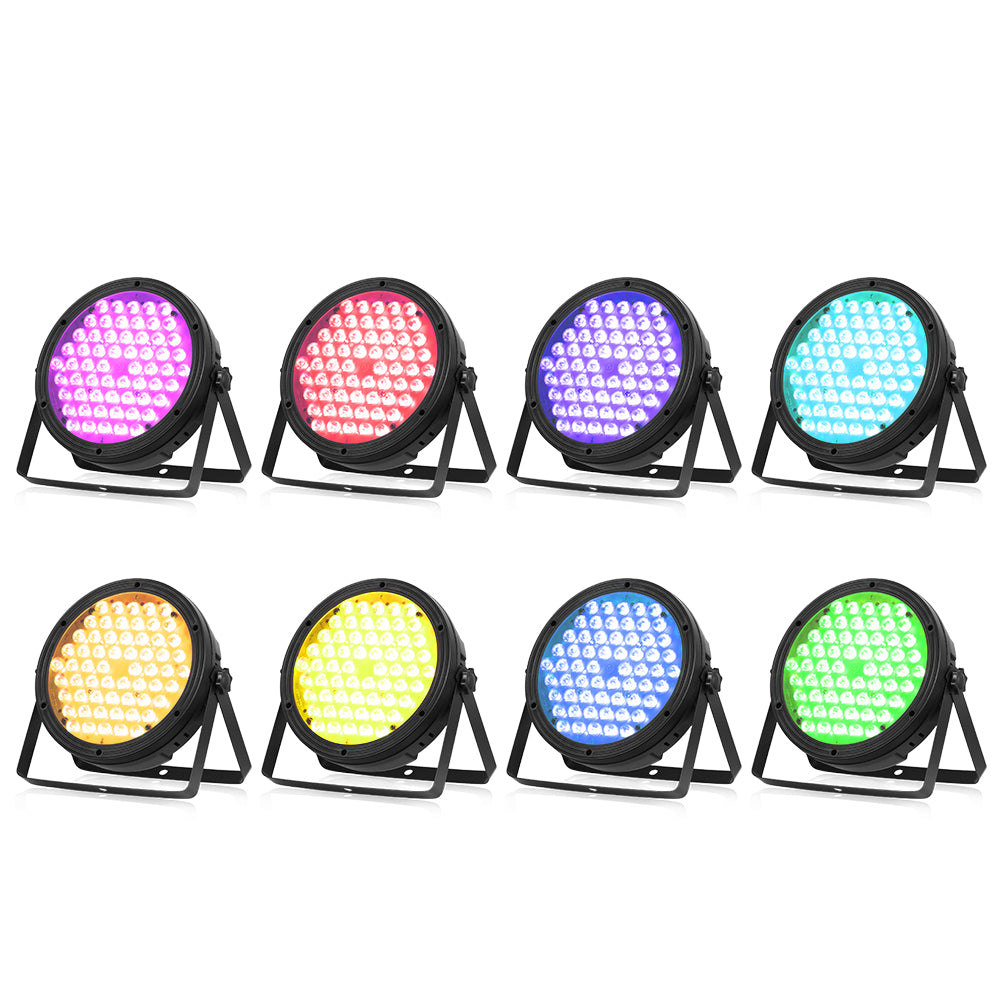

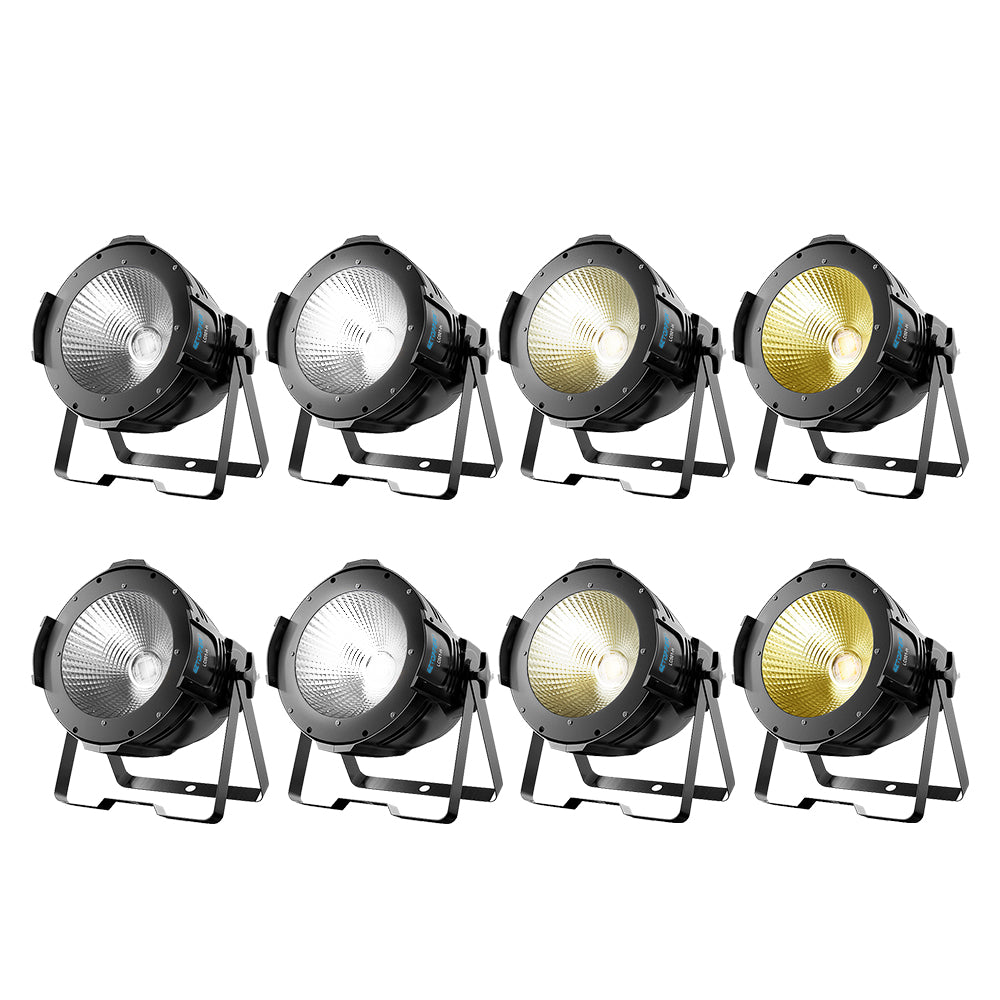
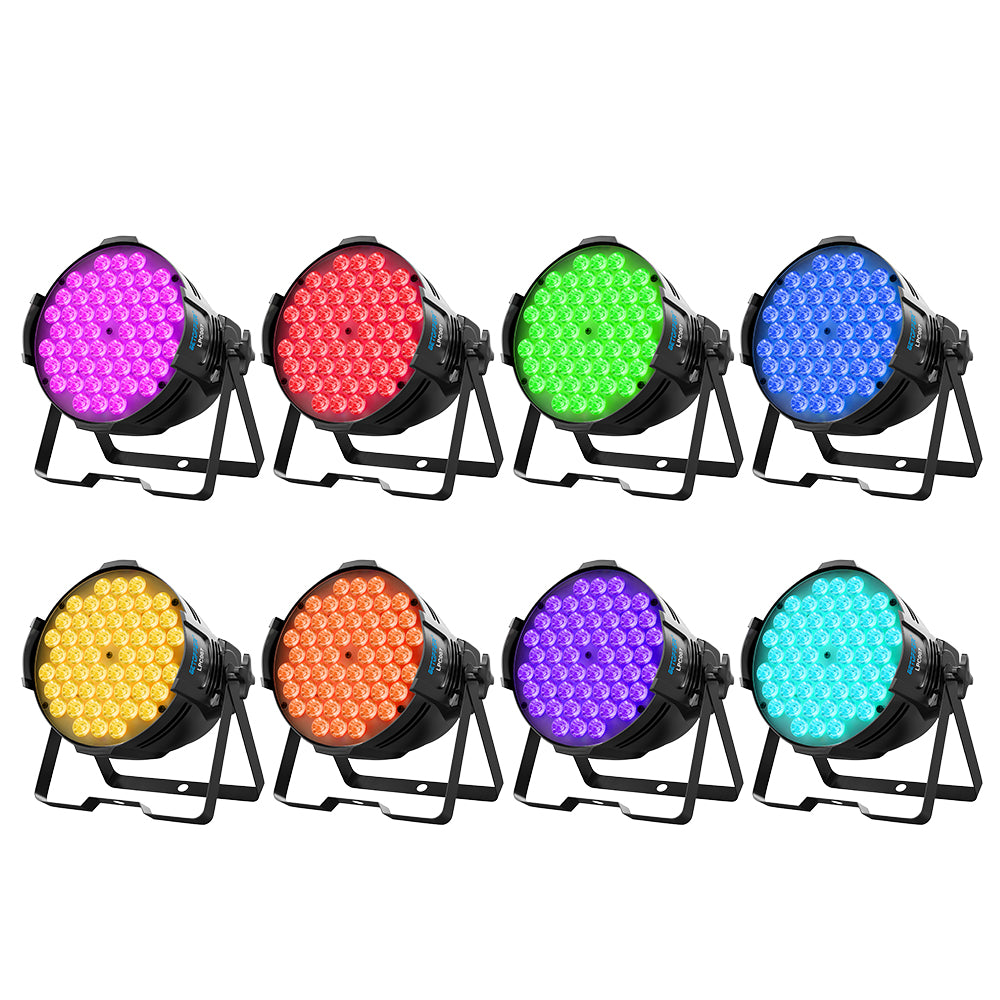



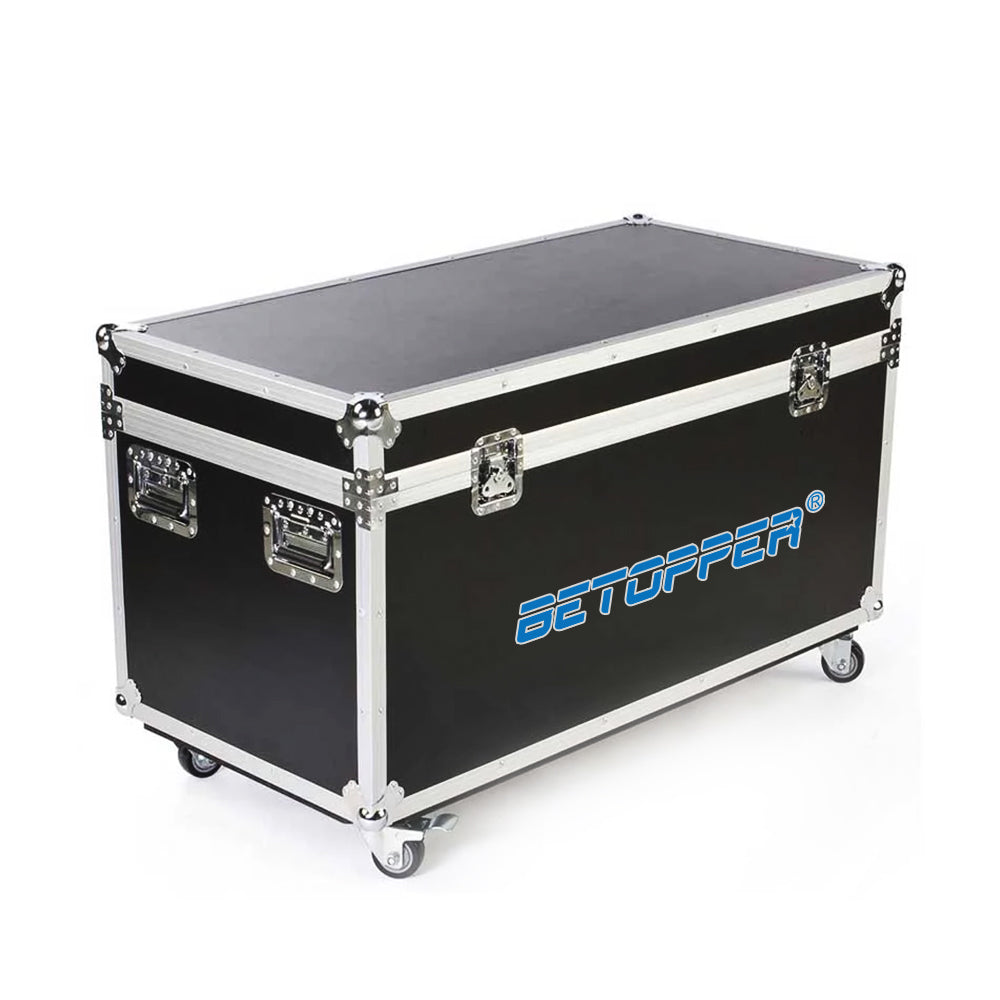
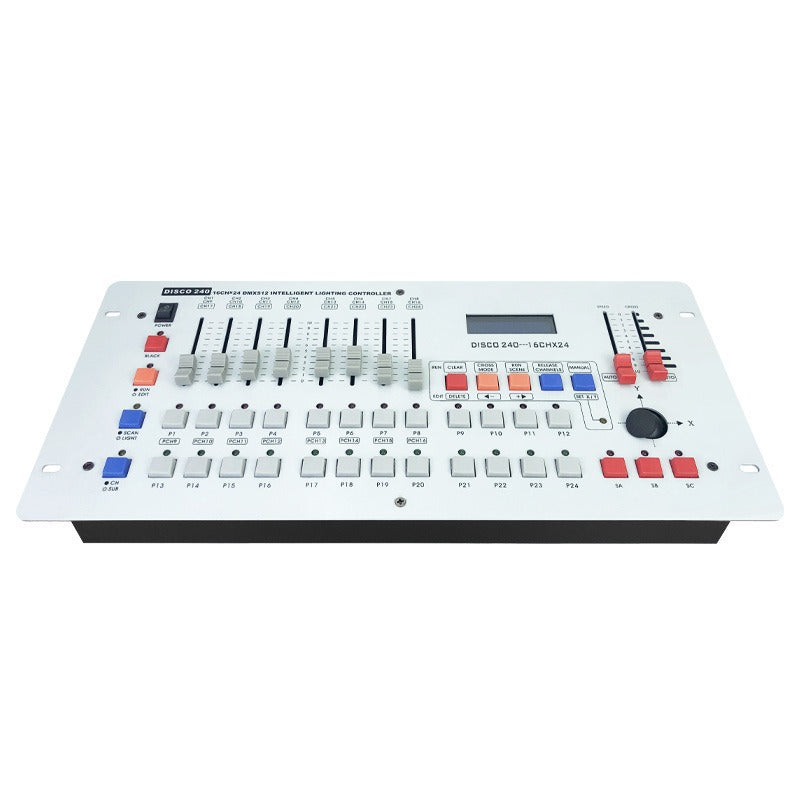

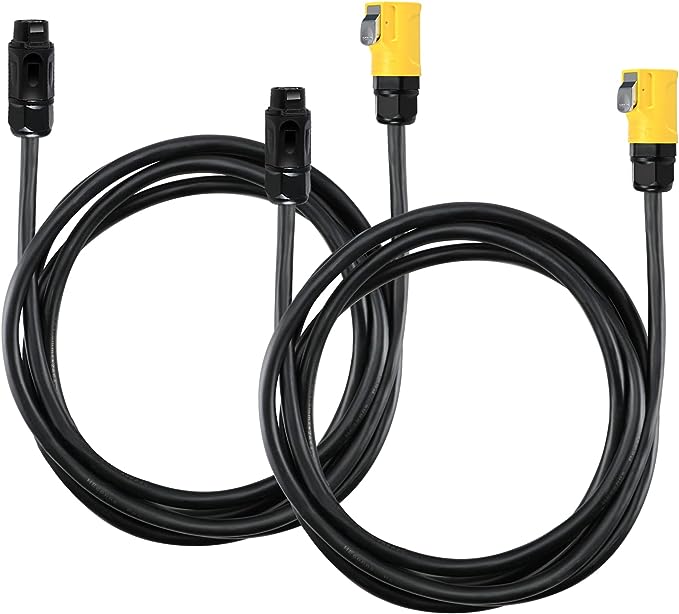



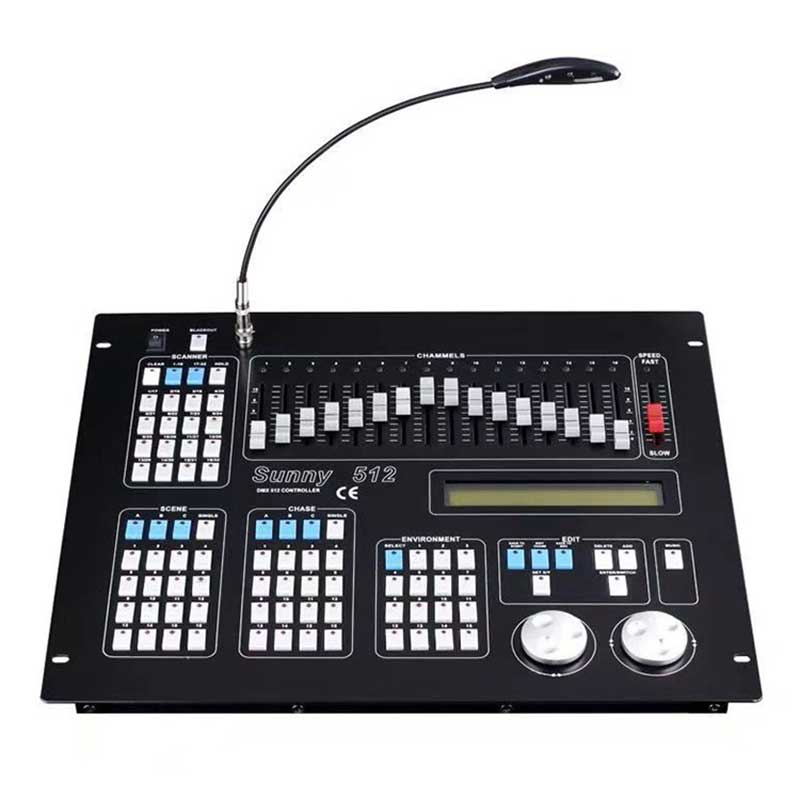

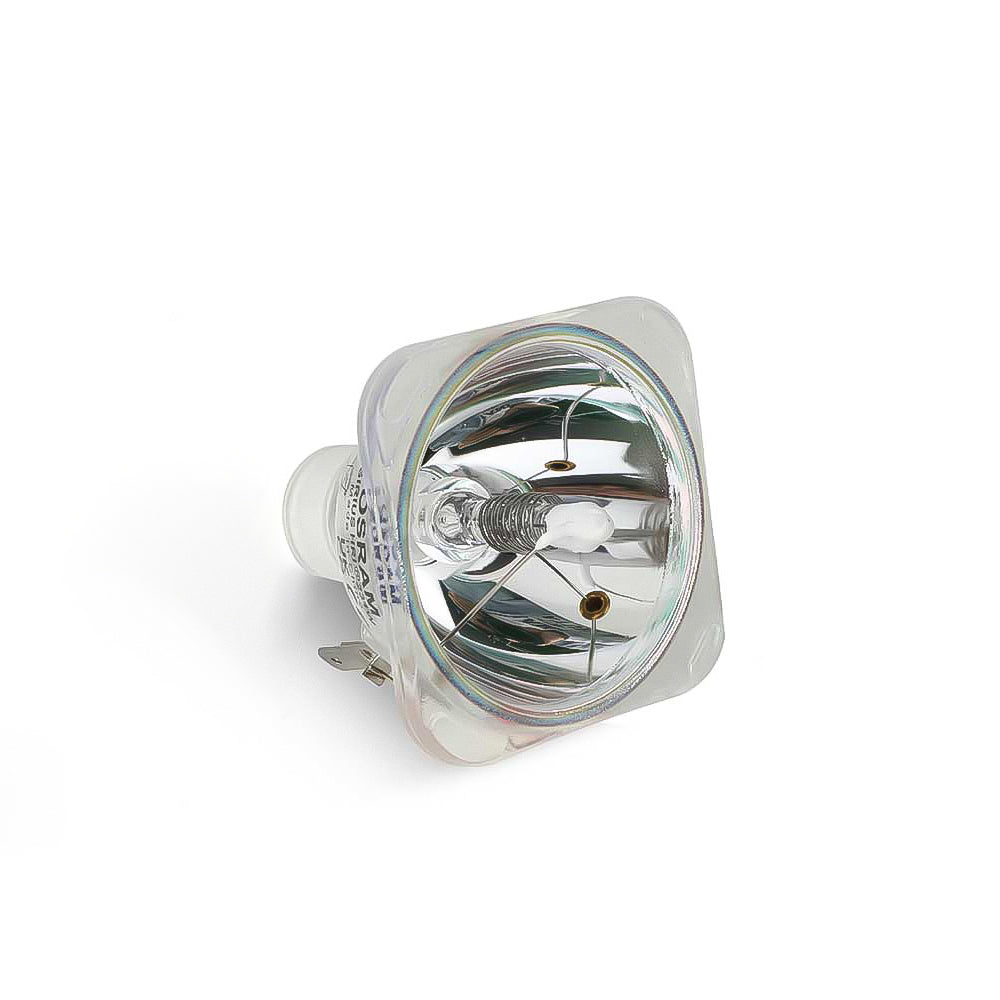


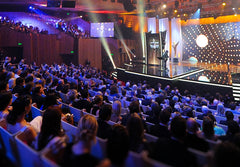
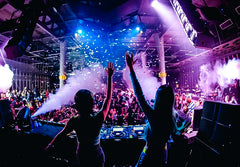



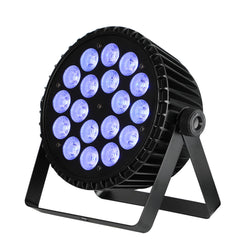






Leave a comment
This site is protected by hCaptcha and the hCaptcha Privacy Policy and Terms of Service apply.